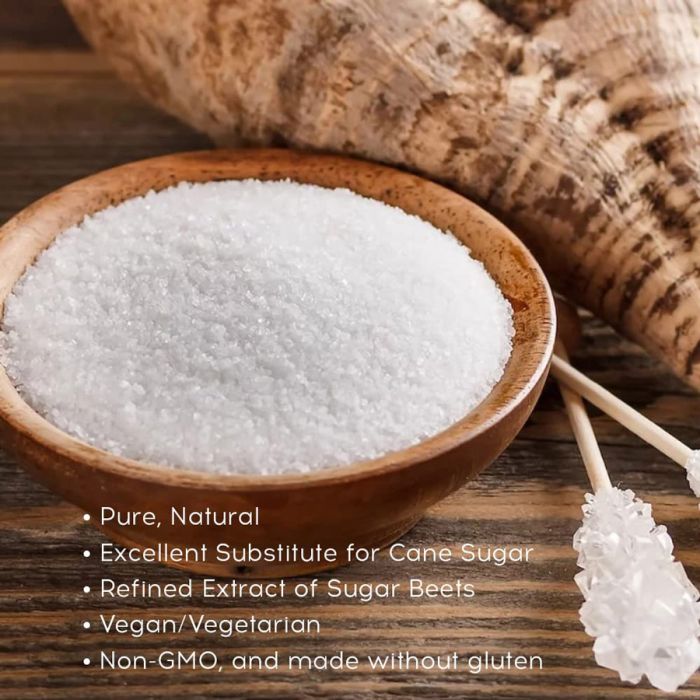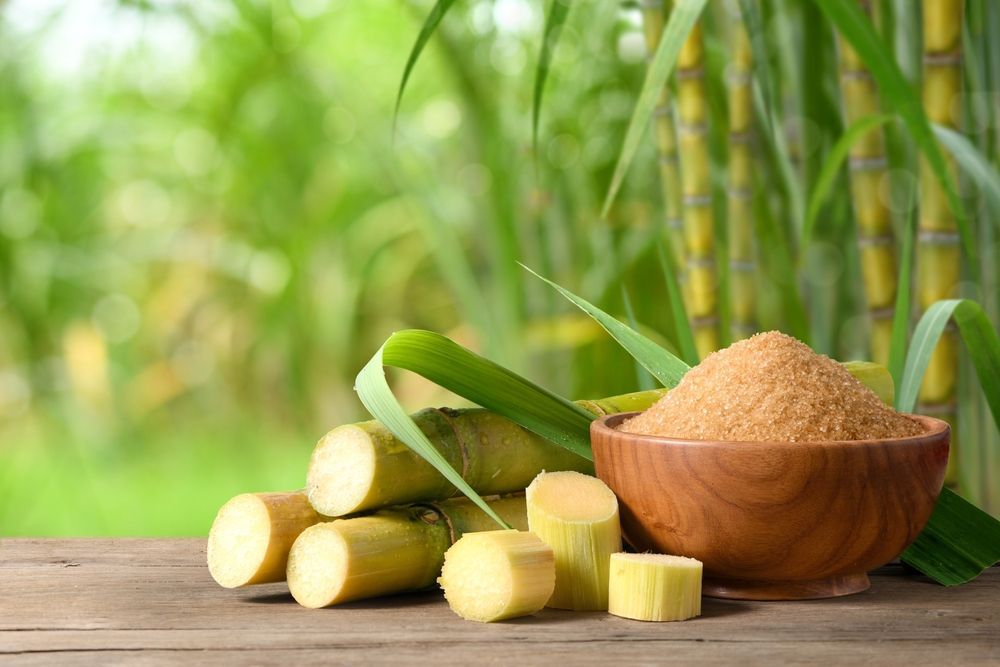Discover the Uses and Advantages of Beet Sugar Vs Cane Sugar in Your Daily Diet Regimen
Checking out the distinctive qualities of beet and cane sugar discloses more than simply their sweetening capabilities; it highlights their one-of-a-kind effect on wellness and culinary arts. Beet sugar, recognized for its subtle flavor, is usually preferred in fragile desserts, whereas cane sugar, with its hint of molasses, includes richness to robust meals. Each kind holds its own nutritional profile and glycemic effects, inviting a much deeper understanding of their duties in a balanced diet plan and lasting intake practices.
Origin and Production Procedures of Beet and Cane Sugar

The distinct environments and soil kinds required for expanding sugar beets and sugarcane add to distinctions in their farming methods and geographic circulation, affecting the economics and sustainability of their production. beet sugar vs cane sugar.
Nutritional Comparison In Between Beet Sugar and Cane Sugar
Regardless of stemming from different plants, beet sugar and cane sugar are nutritionally very similar, both mostly being composed of sucrose. Each gives about 4 calories per gram, translating to roughly 16 calories per teaspoon. Structurally, both sugars are composed of roughly 99.95% sucrose, with very little quantities of various other compounds like wetness and trace element, which do not significantly alter their nutritional accounts.

Inevitably, when picking in between beet sugar and cane sugar based on nutritional content alone, both offer similar benefits and disadvantages as they are basically types of the very same particle-- sucrose, giving fast power without other nutrients.
Effect On Health: Glycemic Index and Caloric Material
Discovering even more right into the impacts of beet sugar and cane sugar on health, it is vital to consider their glycemic index and calorie content. The glycemic index (GI) of both beet and cane sugar is around 65, classifying them as high-GI foods, which can trigger quick spikes in blood sugar levels.
Each sort of sugar consists of about 4 calories per gram, making their caloric content matching. For those keeping an eye on calorie consumption, specifically when managing weight or metabolic wellness conditions, recognizing this equivalence is vital (beet sugar vs cane sugar). Nonetheless, visit this site excessive intake of any high-calorie, high-GI food can add to health problems such as excessive weight, cardiovascular disease, and insulin resistance.
Environmental and Economic Factors To Consider of Sugar Production
Beyond health effects, the manufacturing of beet and cane sugar likewise increases considerable ecological and financial worries. Sugar beet farming tends to require cooler climates and has a lower geographical footprint contrasted to sugar cane, which grows in exotic areas.
Furthermore, making use of chemicals and fertilizers in both beet and cane sugar cultivation can lead to soil degradation and air pollution, more influencing biodiversity and Read Full Article neighborhood water bodies (beet sugar vs cane sugar). The option between cultivating sugar beet or cane often depends upon neighborhood ecological problems and financial aspects, making the sustainability of sugar get redirected here production a complex concern
Culinary Applications and Flavor Differences
While the environmental and economic facets of sugar production are certainly significant, the selection between beet and cane sugar also affects cooking applications and taste accounts. Beet sugar, obtained from the sugar beet plant, is known for its extremely neutral taste. This makes it a versatile active ingredient in cooking, where it does not alter the taste of other parts. It dissolves quickly and is excellent for use in cakes, cookies, and pastries.
Walking cane sugar, drawn out from sugarcane, frequently preserves molasses traces, which give a distinctive richness and deepness. This small molasses taste enhances the intricacy of baked products, sauces, and marinades. It is specifically favored in products where a sugar undertone is preferred, such as in brownies or gingerbread. Furthermore, the minor variant in moisture material between beet and cane sugar can influence the texture and uniformity of recipes, making cane sugar a preferred option for details recipes that benefit from its one-of-a-kind residential properties.

Final Thought
To conclude, both beet and cane sugar have unique origins and manufacturing procedures, providing comparable dietary accounts with minor distinctions in sodium material and taste. While their influence on health and wellness, especially concerning glycemic index and calories, is comparable, the choice in between them often boils down to ecological, economic elements, and details culinary requirements. Comprehending these facets can lead consumers in making notified decisions that align with their wellness goals and taste choices.
Comments on “Learning about beet sugar vs cane sugar can help bakers decide which matches their preferences better.”